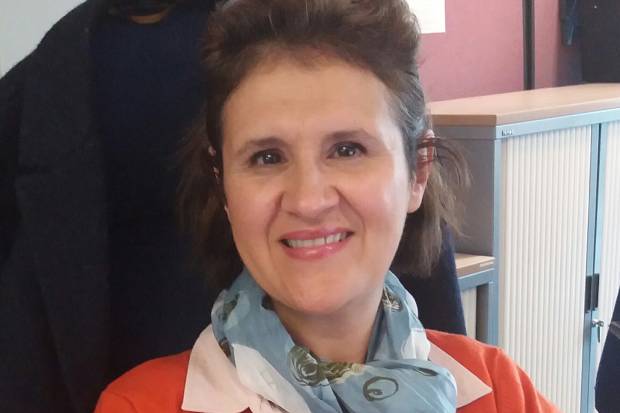
The world of diversity and inclusion (D&I) is fascinating and complex. As I write, the coronavirus pandemic is ramping up activity in some areas of the Civil Service and slowing or pausing it elsewhere. However, D&I challenges aren’t going away: let’s not lose our momentum.
Diversifying the Civil Service is everybody’s job, but when it comes to introducing or adhering to more inclusive systems and processes, 'who you gonna call?' – the HR professional. That’s quite some responsibility for a single profession, expected to unlock improvements in D&I and to role model excellence, but if HR professionals can’t get it right, who will?
Why a new strategy, and why now?
There’s the snag: HR professionals are like anybody else in project delivery, finance, commercial, and the other professions. The point is, they too are employees whose life cycle is affected by systems and processes that are sometimes inclusive and sometimes exclude. That’s not just me saying this: recently published workforce composition data does the talking. We know that HR is a female-dominated profession, and that we must achieve a greater representation of BAME staff in senior roles. But what about intersectionality? How do the lived experiences of our colleagues play into this? And could social mobility be a game-changer?
In this Year of Inclusion, reflecting on how diverse the HR profession really is, Rupert McNeil, Government Chief People Officer, concluded that the time is ripe for the profession to shift the conversation from diversifying the Civil Service to diversifying itself through a new strategy. Other professions are doing the same.
Join the conversation
So, what are we doing to improve diversity in the HR profession, and how can you join the conversation? The Capability and Talent team in Civil Service HR, based at the Cabinet Office, owns this work, led by the inspirational Deputy Director Naomi Amor.
Yours truly temporarily joined the team on a placement, courtesy of the first Senior Leadership Programme launched by HM Prison and Probation Service in 2019. I enjoyed driving a series of face-to-face, nationwide events with the HR community; as well as virtual focus groups, using engagement and culture enquiry techniques learned on my leadership training to listen to every voice that wanted to be heard. And there were many, from London to Newcastle, representing over 27 government departments and agencies, across most HR sub-professions and grades; energetic, challenging and always constructive. This blog post is part of my endeavour to catch those of you I may have missed.
The policy context
Shifting momentarily from the thousands of lived experiences to a policy context, where does this work fit?
Earlier this year the D&I Team in CSHR, led by Director Elise Clarke, published the Civil Service D&I Practice Expectations 2020-2021, which will shortly be followed by the D&I Standard and a new assurance process. It’s early days, but this is exactly where the new D&I HR Strategy fits in: to help the HR profession to meaningfully enter the new assurance process. In real terms, this means creating a more diverse and inclusive environment for all.
The D&I HR strategy: main themes
A few recurrent themes emerged as part of the recent series of events.
I reflected those themes in seven pillars: Ambition, Tenacity, Accountability, Creativity, Logic & Consistency, Talking, and Working Together. The community of HR professionals has helped to shape these pillars and asked for the strategy to be translated into action.
Who will be accountable for what?
I have suggested gathering HR-interested colleagues into working groups, each focused on a few of the pillars. Together, in true cross-government fashion, they will help to shape the action plan and any measurables they see fit, because this strategy is for them, from them: the HR profession.
My call to arms has generated an enthusiastic response, but – as in everything – the more inclusive, the better. It’s an opportunity to share best practice, troubleshoot, prioritise, review existing interventions and explore the opportunity for a bespoke HR capability and talent offer. It’s a chance to coordinate our requests for new data and learn from locally gathered data, and to flag up the specific needs of, for example, HR colleagues located overseas. I could go on.
The Capability Board, chaired by Debbie Alder, DWP Director General - People and Capability, recommended funnelling the outcome of the working groups through either the Capability Board itself or the HR Senior Talent Forum. The HR Executive Committee will make a decision later in the spring: what better motivation than our most senior leaders’ seal of approval and ultimate accountability?
In conclusion
Rupert McNeil’s words resonate here: the time is ripe for the HR profession to look at its diversity and inclusiveness and do something about it.
If you want to get involved, send an email to: capabilityandtalent@cabinetoffice.gov.uk. The floor is yours, to help shape a more diverse and inclusive future for the HR profession.
